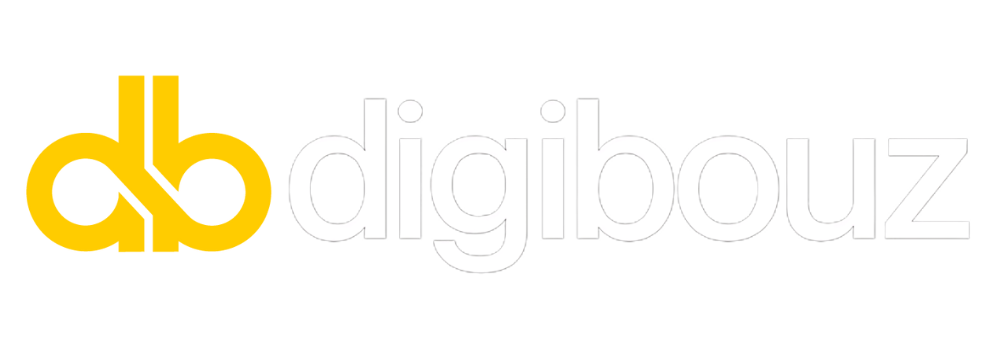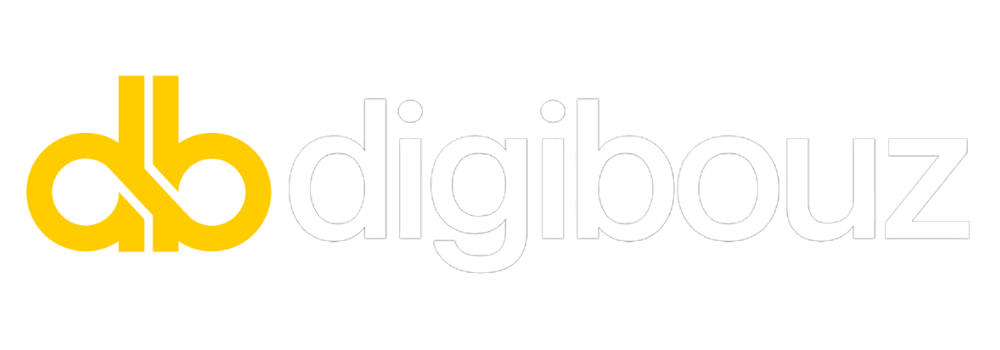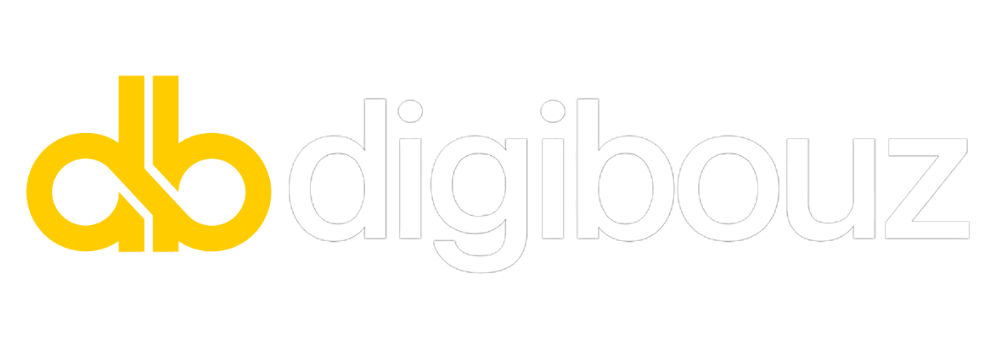Local SEO (Search Engine Optimization) is the process of optimizing a website to rank higher in local search results. It focuses on improving visibility for location-based searches, Local SEO is essential for businesses with physical locations or those serving specific geographic areas.
What are the benefits of local SEO
Local SEO is essential for any local business aiming to connect with its local audience. By implementing an effective local SEO strategy, businesses can enhance their visibility in local search results and attract potential customers searching for their product or service. Utilizing local keywords helps to target local intent effectively, ensuring that when users conduct a Google search for relevant offerings, they find your business listed prominently. Optimizing your Google Business Profile is a crucial step in this process, as it can significantly influence local search rankings and increase your chances of appearing in the local pack.
To further improve your local SEO efforts, you can leverage various local SEO tools that assist in monitoring local ranking factors. Implementing on-page SEO techniques, such as including your phone number and address in your local listing, can also help optimize for local SEO. The more relevant and consistent your information is across different platforms, the better your chances of ranking in local search results. In this complete guide to local SEO, you will find local SEO tips to help you navigate the intricacies of local SEO, ensuring that your business thrives in its local area.
Why Is Local SEO Important?
Local SEO is the process of optimizing your online presence to attract local customers. In today’s digital landscape, the importance of local SEO cannot be overstated. When users conduct searches, they often look for local services and businesses nearby. This is where local SEO works its magic, helping you appear in local results on search engines like Google. By implementing a robust local SEO strategy that helps improve your SEO rankings, you can drive more traffic to your site and increase visibility among your target audience.
Moreover, successful local SEO involves building local links, optimizing your local SEO content, and ensuring your business is listed in local business directories. Search engines prioritize relevant local information, and using a local SEO guide can help you navigate this process effectively. When you optimize for search results for local queries, you improve your chances of appearing in local SERPs, which can lead to higher conversions. Ultimately, local SEO can help your business thrive by connecting you with those who are actively seeking your products or services, making it an integral part of any SEO strategy.
How Does Local SEO Work?
Local SEO is crucial for businesses aiming to reach their local audience effectively. By focusing on local organic search results, companies can improve their visibility with local SEO. Google determines local rankings based on various factors, including the relevance of the website to the user’s search query and the proximity of the business to the searcher. To enhance this visibility, businesses must optimize their website for local search. This optimization includes using location-based keywords, creating content relevant to the local community, and ensuring the site’s information is consistent across platforms.
In 2024, the importance of local SEO continues to grow, making it essential to prioritize local SEO techniques. Implementing SEO best practices can significantly improve a site’s chances of appearing in organic search results. As consumers increasingly search for local products and services, businesses must adapt their strategies accordingly. A successful local SEO strategy not only enhances visibility for local service providers but also leads to greater engagement with local community events. To thrive in this competitive landscape, businesses should learn more about local SEO and how to implement effective tactics.
Local seo tips
Here are some essential local SEO tips to boost your business’s online visibility:
- Optimize Google My Business (GMB): Claim and complete your GMB listing with accurate business information (Name, Address, Phone Number – NAP). Add business hours, photos, and categories to enhance your listing’s visibility.
- Consistent NAP Information: Ensure your NAP details are consistent across your website, GMB listing, and all online directories. Inconsistent information can harm your rankings.
- Get Customer Reviews: Encourage customers to leave positive reviews on Google and other platforms. Respond to reviews to show engagement and improve trust.
- Local Keywords: Use location-specific keywords in your content, meta descriptions, and titles to signal relevance for local searches.
- Mobile-Friendly Website: Ensure your website is mobile-responsive, as many local searches are conducted on mobile devices.
- Local Citations: List your business on local directories and ensure your NAP details are correct across all platforms.
By following these tips, you can improve your local search rankings and attract nearby customers.
Local SEO tools
Local SEO tools are designed to help businesses optimize their online presence for location-based searches and improve visibility in local search results. Here are some essential tools for local SEO:
- Google My Business (GMB): The most important tool for local SEO, GMB allows businesses to manage their online presence on Google, including search results and Google Maps. Optimizing your GMB profile helps improve local rankings.
- Moz Local: A tool that helps manage local listings across various directories, ensuring consistent NAP (Name, Address, Phone Number) information and improving local visibility.
- Yext: A listing management tool that helps businesses maintain accurate NAP details across multiple platforms, ensuring your business appears in local search results.
- BrightLocal: Offers local SEO audits, citation tracking, and review monitoring to enhance your business’s local presence.
- Whitespark: Specializes in citation building and tracking, helping improve your local search rankings and visibility.
These tools help streamline local SEO tasks, ensuring your business is discoverable by nearby customers and improving local rankings.
Hyper local SEO content
Local SEO is important for businesses looking to attract nearby customers. In 2024, the significance of local SEO has only grown, with search engines prioritizing results that are relevant to your local audience. To achieve a better local presence, it’s essential to optimize your website for local searches, ensuring that your site appears prominently in local search engine results. This involves tailoring content and keywords that local business owners can use to connect with their communities effectively.
SEO involves optimizing various elements, but when it comes to local SEO really shines, focusing on factors like Google My Business profiles and local citations. To reach your local audience, engaging content that resonates with community interests is crucial. By working with local SEO experts, you can create a local strategy that drives traffic and increases visibility. A solid approach to building your local presence can lead to better local SEO outcomes, ensuring your business stands out in a competitive landscape.
As SEO influences how customers discover businesses, understanding the nuances of local SEO in 2024 will be vital for sustained success. By focusing on hyper-local content, businesses can enhance their relevance and authority in their markets, positioning themselves as the go-to sites for local searches.
By doing this, you focus on a more precise niche with reduced competition, allowing you to achieve a high ranking more quickly. This approach also maximizes the benefits of mobile searches in proximity to your business. Furthermore, hyper-local SEO content serves as an effective method for franchises and businesses with several locations to differentiate themselves from one another.
Possibilities for Hyperlocal SEO in Regional Searches
Mobile internet has provided us with the ability to satisfy our desires instantly. Consequently, the lines between online and offline experiences are becoming increasingly blurred. Are you strolling down the street and suddenly feel the urge to get a haircut or grab a sandwich right away?
Simply search on your phone, and you’ll find precisely where to go. This presents significant opportunities for local business owners who have optimized their hyperlocal SEO.
What are the steps?
As hyperlocal SEO mainly targets mobile users, optimizing your website for mobile devices is the initial step. Additionally, having a Google Business Profile (GBP) is essential for achieving a high ranking on Google Maps and within the Local 3 Pack. Lastly, you’ll require hyperlocal SEO content to enhance both your GBP profile and your website.
How do you ensure hyper local SEO content?
Hyperlocal SEO, similar to any SEO approach, begins with conducting keyword research. Have you created a list of hyperlocal keywords? If so, make sure to incorporate them consistently across both your website and your Google Business Profile (GBP) to improve your ranking in your store’s local area. Key areas where these keywords should be included are:
– Page titles
– Content (main text and subheadings)
– Meta descriptions
– Alt text for images
– Company description on GBP
Tips: hyper local SEO content
How can you gently reintroduce hyper-local content to your website? Below, you’ll find several examples and suggestions for inspiration.
- An excellent opportunity for hyper-local SEO content is by providing directions to your store. Instead of simply stating your address, take a moment to observe your surroundings and highlight notable landmarks. Are you located across from a museum or university, near a train station, or adjacent to a McDonald’s? Be sure to include this information. Additionally, explain where customers can park their cars or bicycles and which public transport stops are nearby.
- Share images of the neighborhood and its landmarks, ensuring that you credit them in the alt text and file name.
- In your Google Business Profile (GBP), you have 750 characters to describe your business. Incorporating nearby landmarks, neighborhoods, or streets can significantly enhance your visibility.
- Your blogs and reports are also effective for this purpose. If there’s a local event happening, a special discount promotion, or any other relevant news, write a blog post about it and be sure to use hyper-local keywords.
Hyper local SEO in practice
For discoverability, it’s usually not essential to enter these keywords verbatim. A search term like “lunch nearby” can reveal all the lunch spots close to your location.
Studies indicate that Google places a higher importance on businesses that focus on hyperlocal SEO. If you have this organized effectively, you’ll earn additional recognition from Google, significantly increasing your chances of landing a top spot in the Local 3 Pack, Google Maps, and search results.





